Discovery &
e-Commerce
Framing
for Newbury Yarns
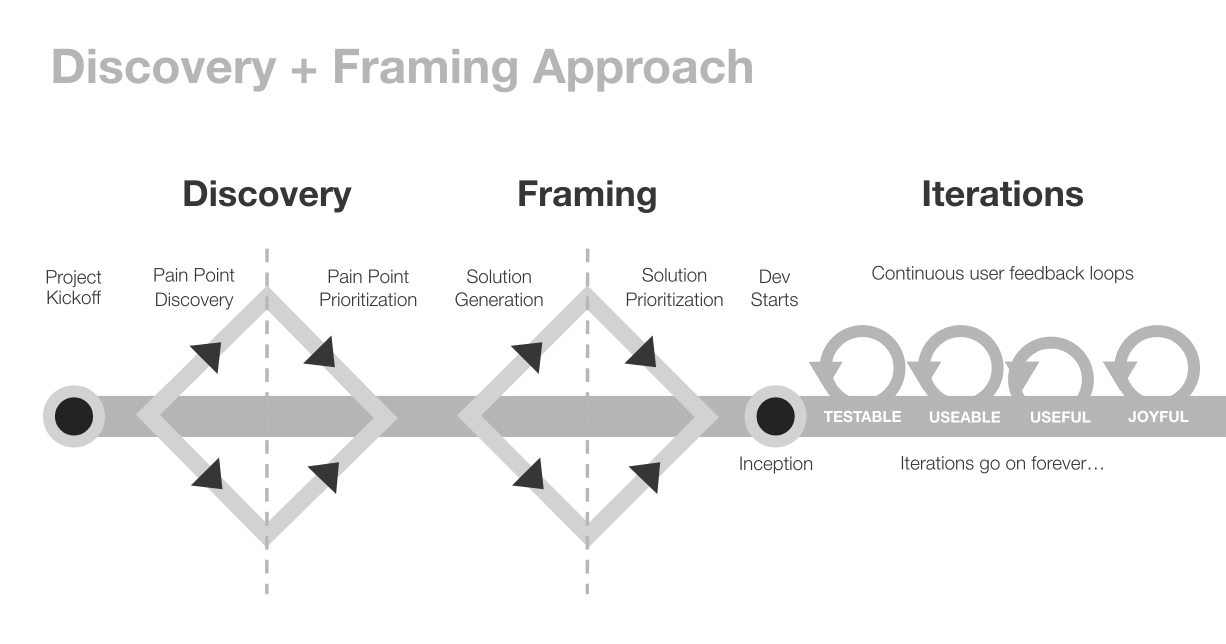
Security Disclaimer
In accordance with Government and USAF security protocol, product details, data, and elements of the product UI have been redacted and/or obscured.
Process at a Glance
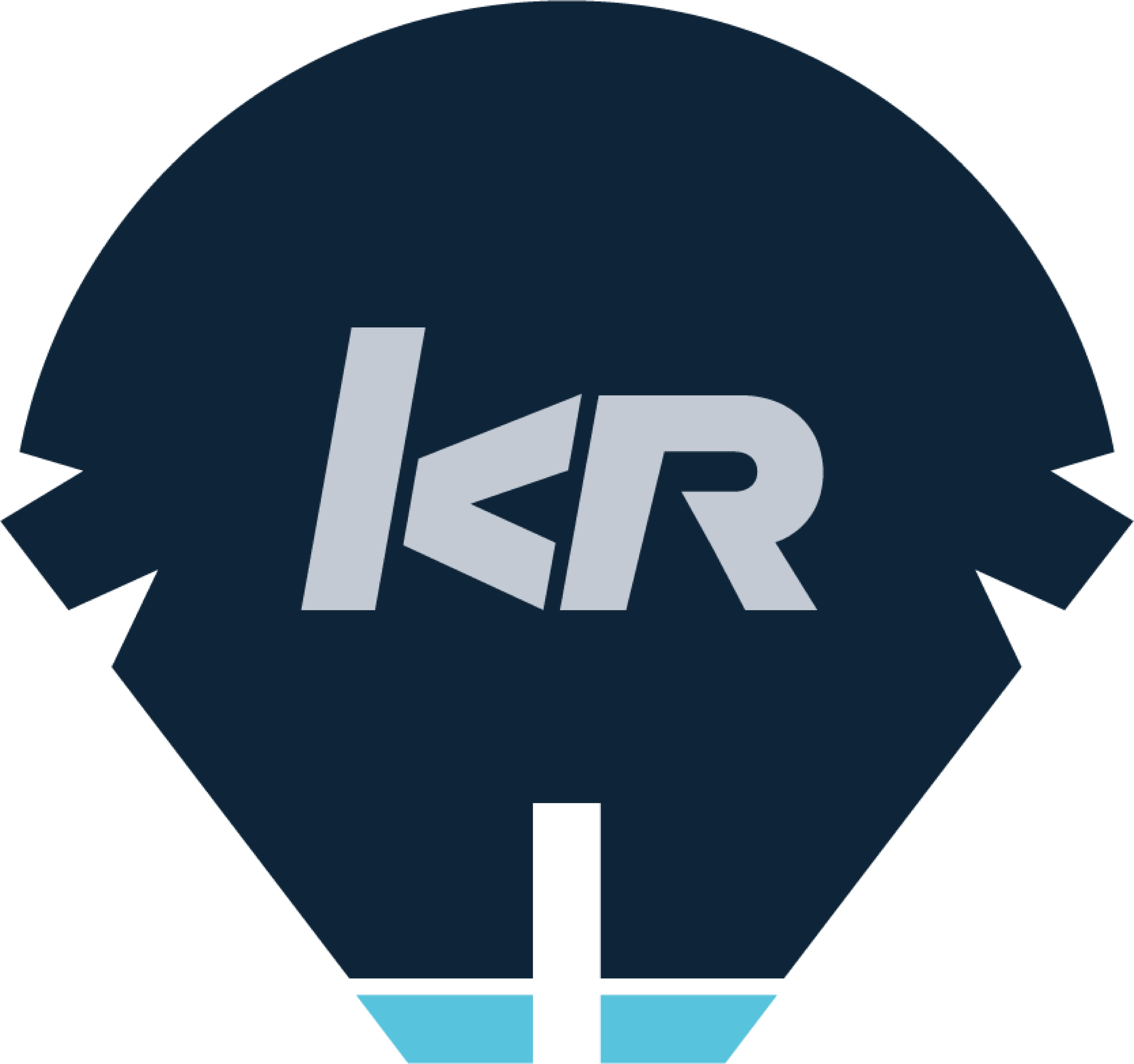
Product Overview
Project Type:
8-week Discovery and Framing exercise to jumpstart a $40M modernization contract
Product Type:
e-Commerce web application
BLUF (Bottom Line Up Front)
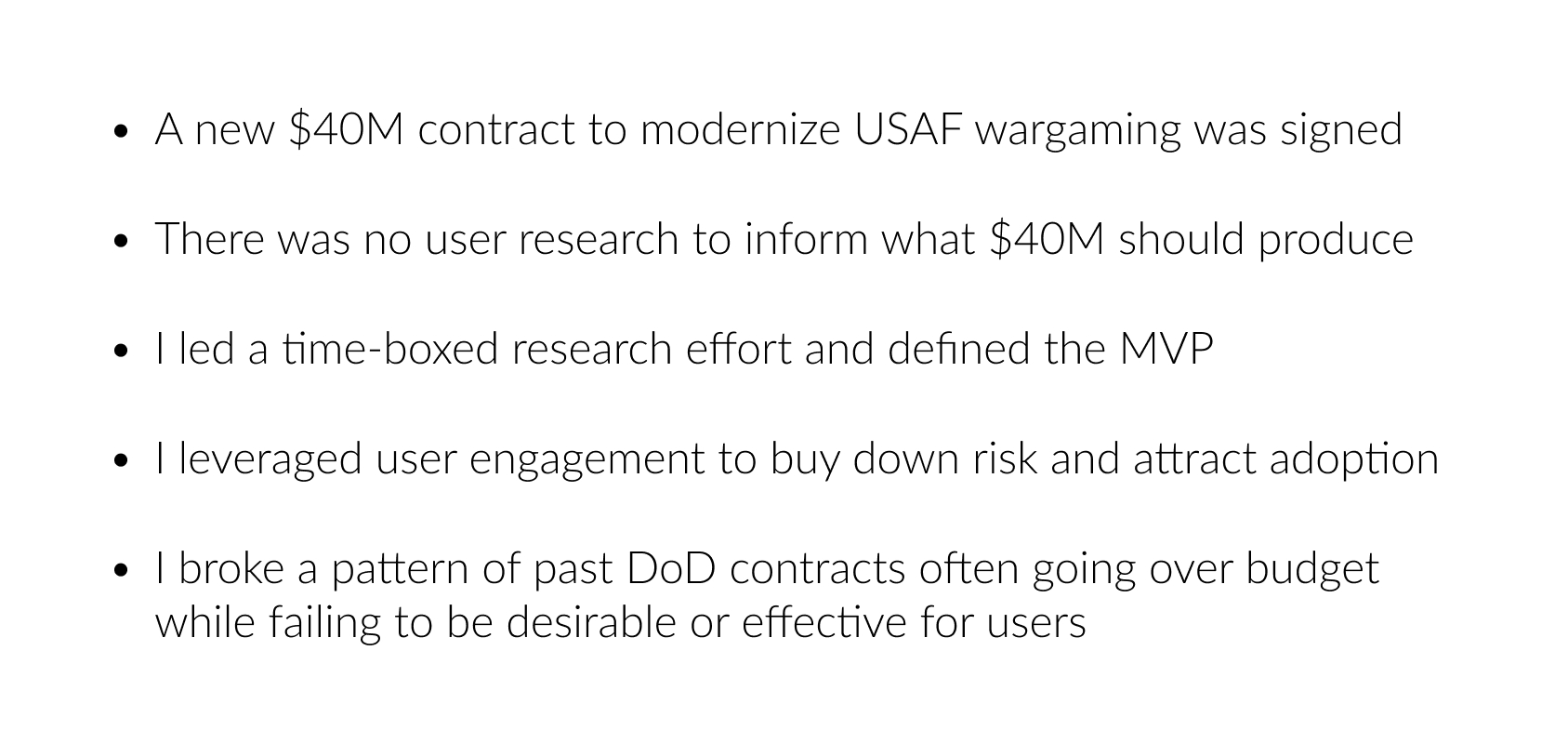
Problem Space
The USAF is deprecating a 30+ year old legacy software for war training and users need a modernized system that meets modern-day capability needs.
Users & Consumers
User Experience Solution:
I believe that by creating an e-Commerce system for Newbury Yarns customers, we will make knitting and crochet shopping a more accessible, trustworthy, and personal experience.
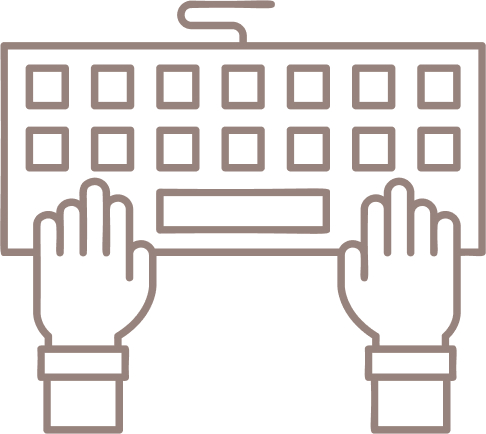
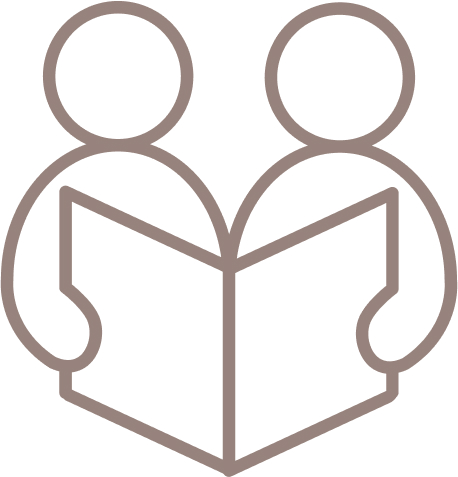
Modernization software needed to serve two specific groups:
Model Operators
As users:
As "the man behind the curtain" model operators act as facilitators, using the software to provide a realistic experience of war for the warfighter training.
Warfighters
As consumers:
Warfighters don't operate the software, but their needs for realistic training must be served by it. They view and interact with the experiences created by model operators.
Challenges & Responsibility
My responsibility as the sole designer on the team was to
find out how the $40M contract should be spent.
My tasks to do this included:
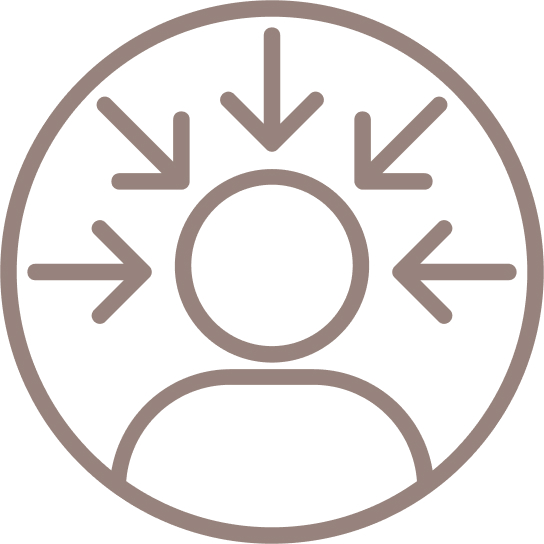
Intense customer focus. Dive deep into the wargaming problem space with awareness on users work habits in addition to vocalized needs.

Be humbly curious every step of the way. Challenge the strongly held opinions of legacy system users, but don't alienate them or compromise buy-in potential.
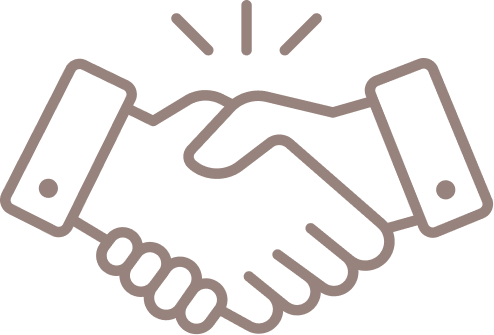
As "empathizer in chief", build trusting relationships with users, stakeholders, and teammates that allow rebound from failure.
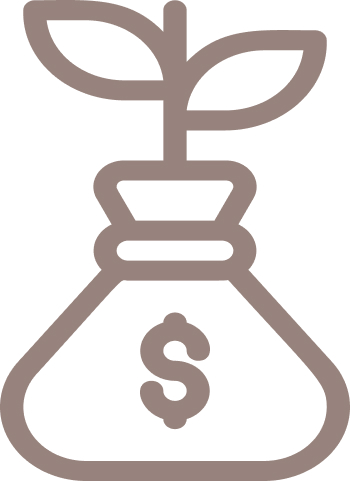
Spend time and resources wisely; break the cycle of government contracts producing products that users don't like and that don't meet their needs.
I discovered that there were a few main challenges to solve.
Each challenge had associated risk.
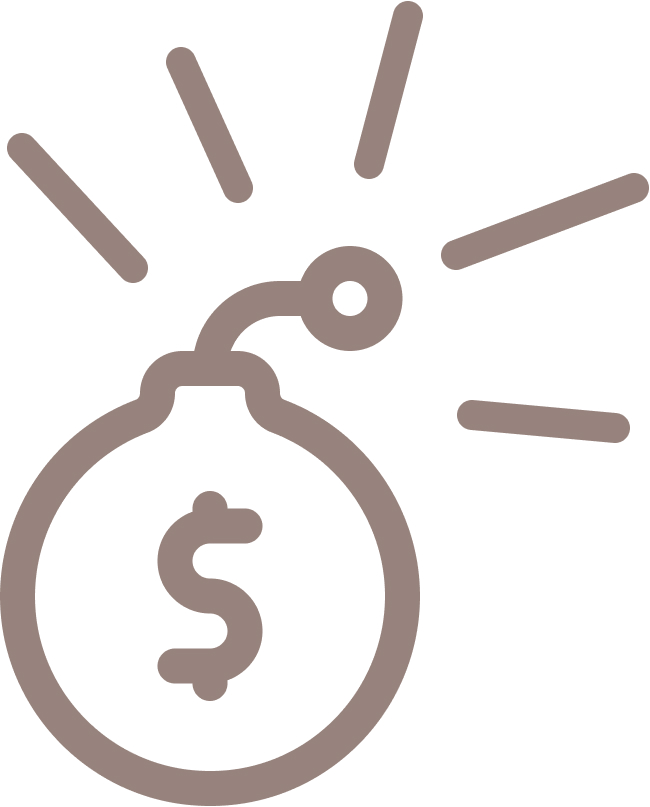
Challenge
Prior government contracts failed to meet user needs, resulting in $50M+ losses
Associated Risk
$40M loss if this product doesn't meet user needs.
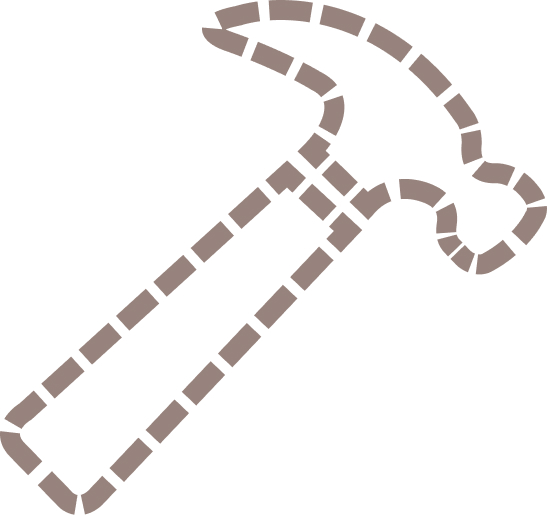
Challenge:
Software we're replacing has functionality gaps
Associated Risk
USAF war training can't be conducted. National security is impaired.

Challenge:
Deadline. Contract begins in 2 months and undetermined what the product needed to solve
Associated Risk
Million dollar losses if engineers wait to build, or build the wrong thing.

Challenge
Staffing shortage. The USAF has no career field to recruit model operators. There is no other process to train users.
Associated Risk
If the software isn't easy to learn, USAF war training can't happen, and National security is at risk.

Challenge
Reluctance. The power users of the legacy tools did not want things to change.
Associated Risk
Buy-in & Continuity. If these users reject the new product, no one can use it.
Action: Planning Discovery & Framing
I architected max value in minimum time
I achieved leadership buy-in and then led an 8-week Discovery & Framing exercise.
Result: I identified the top user pains, system dependencies, lean solutions, and defined the MVP (minimum valuable product).
I also identified key problems that software can't solve - these are risks I continue to monitor and mitigate with our stakeholders.
What is a Discovery & Framing?
I used Discovery & Framing as an exercise to investigate a problem space and whether there's a viable opportunity for solution(s), and then leverage investigation findings to determine what those solutions could be.
Study the Company.
To design a sustainable e-Commerce platform for Newbury Yarns, I pursued learning about the business's:
• Values and mission
• Administration and staff
• Relationship with the community
• Revenue streams
• Product inventory
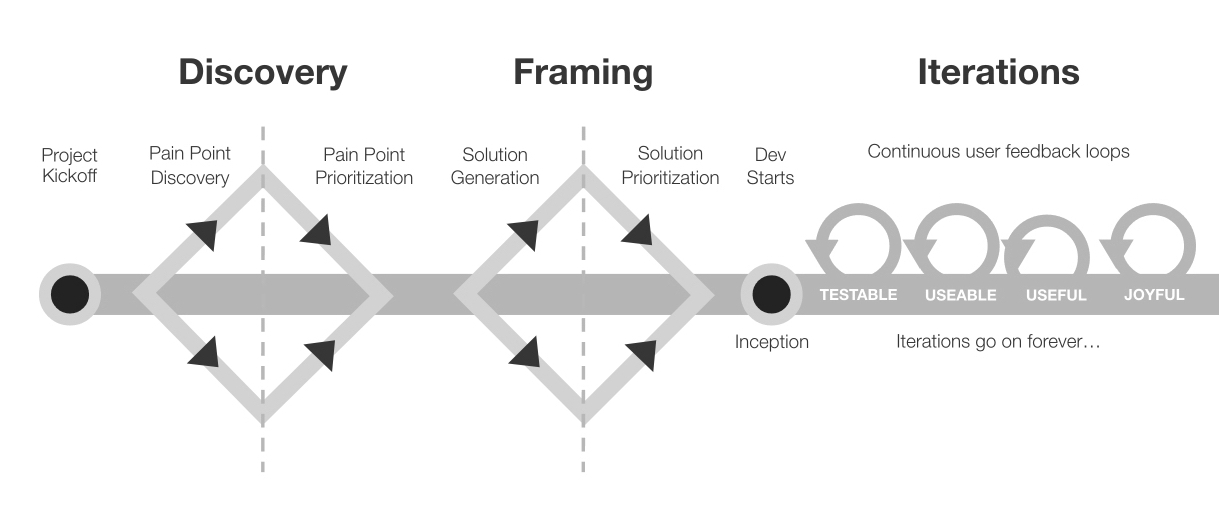
Why do Discovery & Framing?
A new $40M contract was awarded with no plan for what it should provide to its users. We did have required technical specs outlined in a MVCR (minimum viable capability requirement), but
• I needed to outline what the MVCR should be as a product
• I had to ensure we safeguarded the budget while providing user value
By taking the time to do a D&F, I discovered what users needed and how to deliver it.
My plan to execute the Discovery & Framing
I framed out the eight weeks in Gantt format.
I added milestones to reverse-engineer paths to deliverables.
Study the Company.
To design a sustainable e-Commerce platform for Newbury Yarns, I pursued learning about the business's:
• Values and mission
• Administration and staff
• Relationship with the community
• Revenue streams
• Product inventory
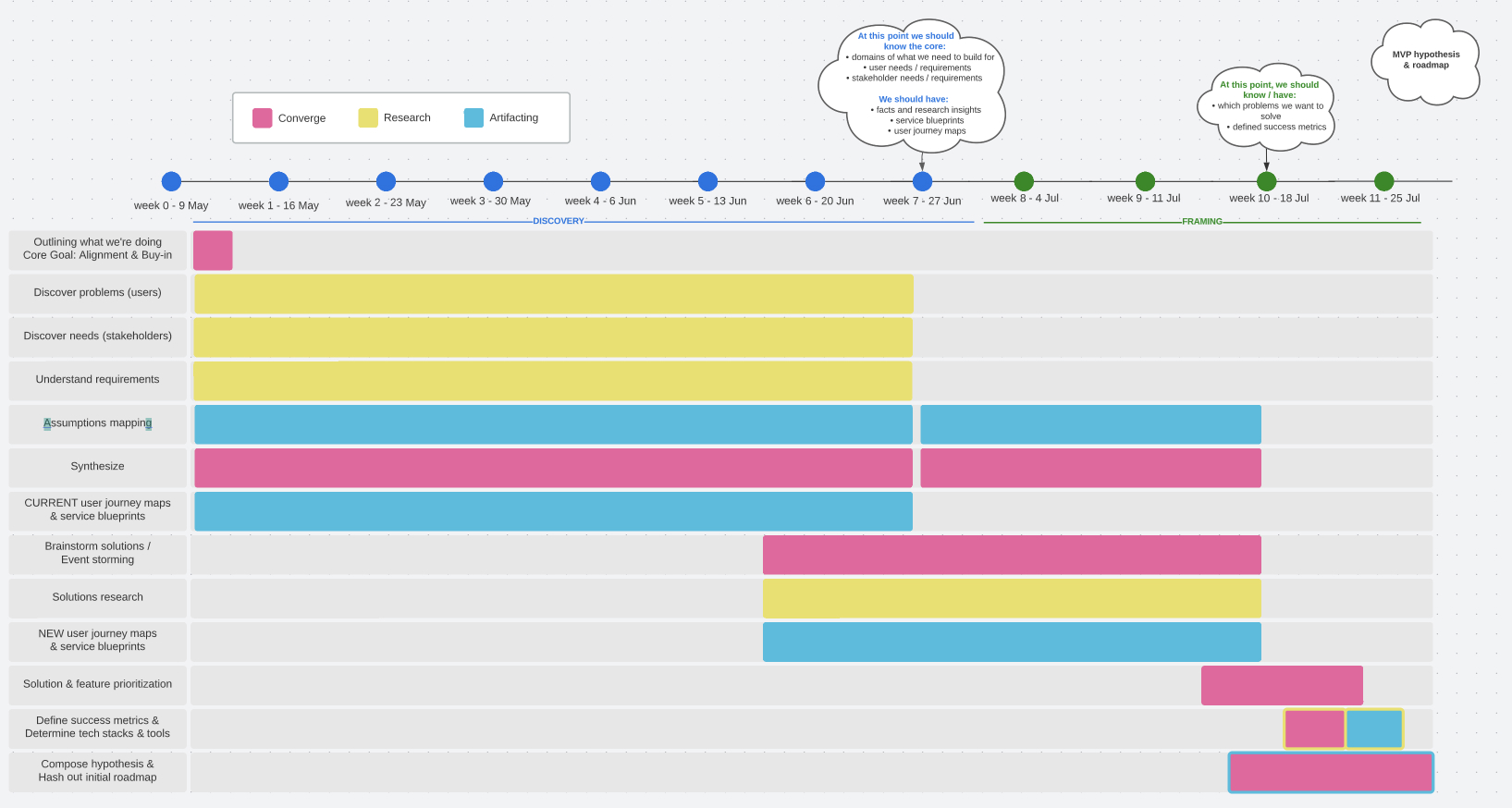
The visualization ensured team members could track
the timelines, participants, and activities.
Our "Double Diamond" Documentation
Study the Clientele.
I got to know knitters and crocheters, and their shopping habits for projects, including:
• Who are they - demographics
• Why they shop where they do
• What informs the product purchases
• Getting help - for what, why, when
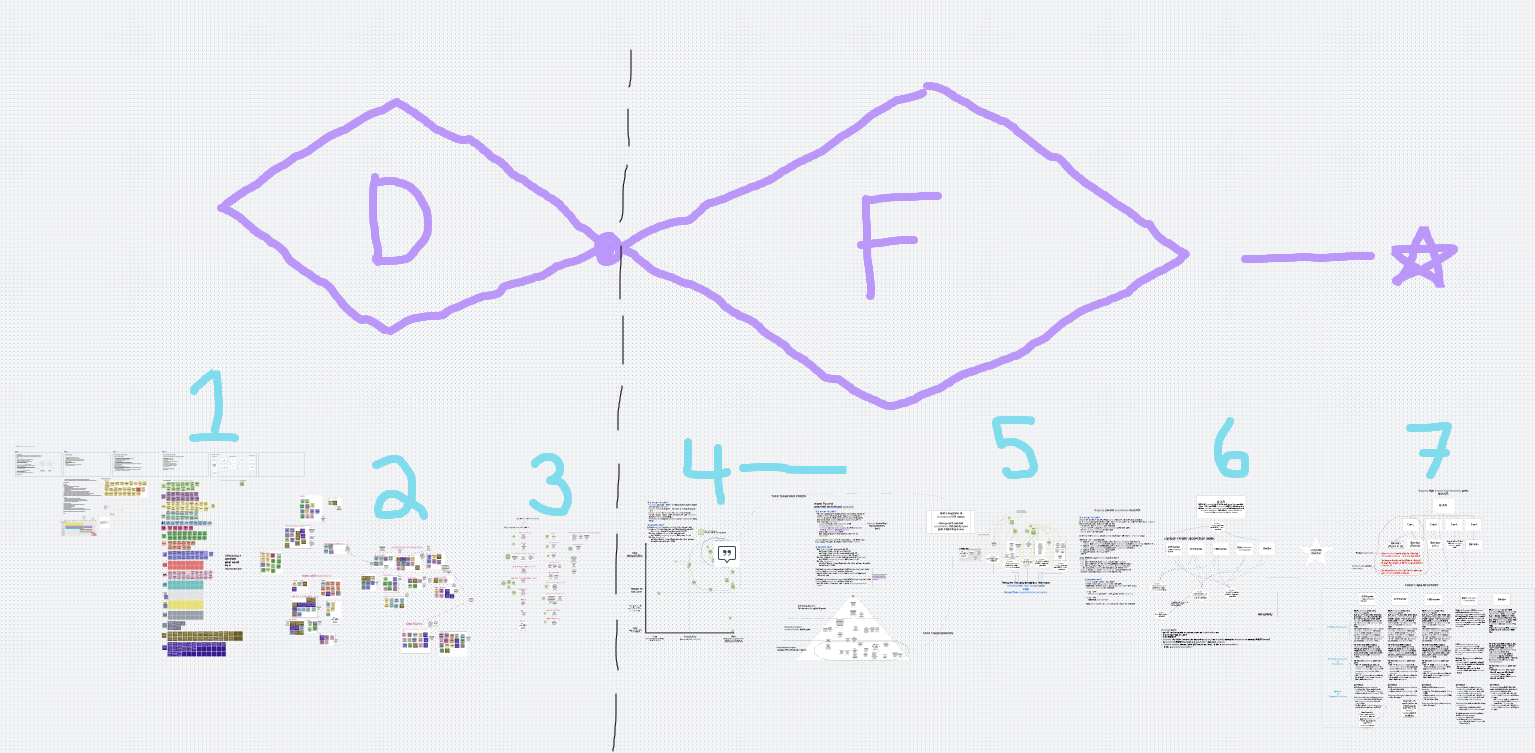
Ugly but effective: this layout allowed new team members to quickly glean what we learned and where each exercise fell in the "double diamond"
Action: Discovery & Framing
What I did and why it was successful
1. Who I Interviewed
- 8 senior power users
- 4 mid-level users
- 3 consumers
- 6 stakeholders
- 5 deployment sites
- Internal leadership
- 4 Subject Matter Experts
- 2 USAF R&D officials
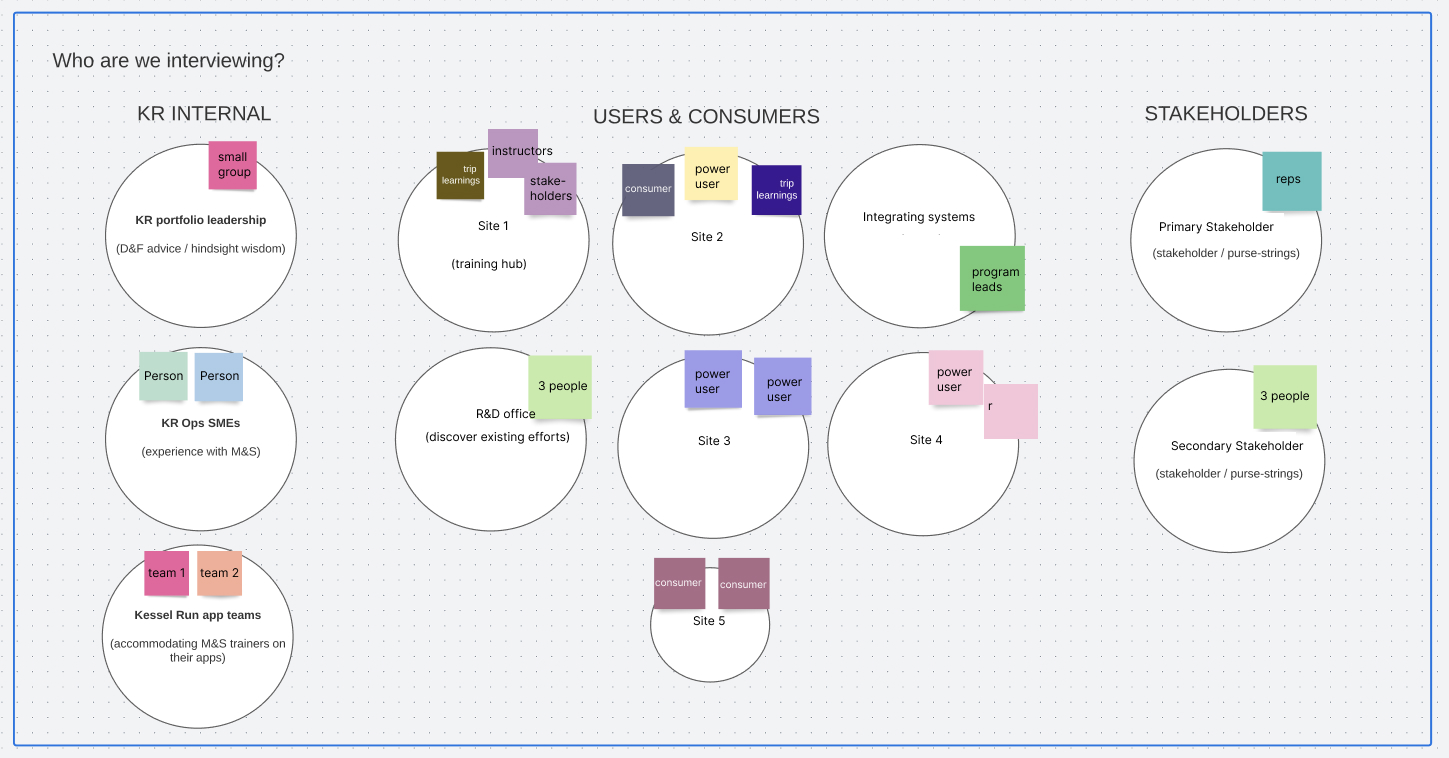
Though I focused on direct users, engagement with other pertinent people ensured I had all of the relevant data points and would encounter any existing misalignment.
Resulting discoveries: 50+ pains, dependencies, unhappy stakeholders, hidden ally
2. Interview Findings
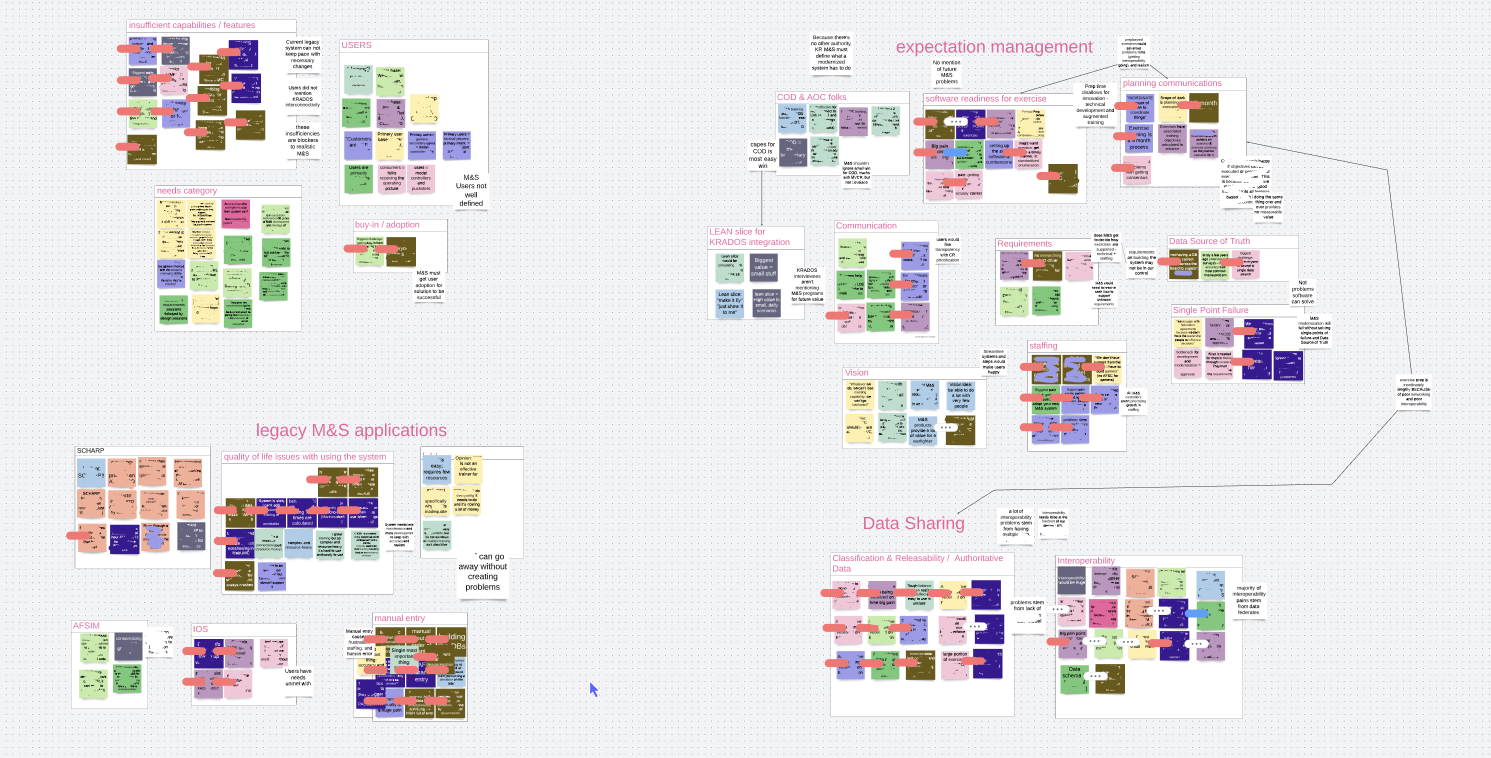
- 4 main groups of pains
- 22 subgroups
- Diagreeing viewpoints
- Patterns of dysfunction
- Awareness imbalances
I affinitized the findings to identify trends and patterns.
Lightbulb moment: Achieving alignment among users was my biggest challenge: for what was most important to solve, and how it should be solved.
3. Synthesis (getting from findings to insights)
- Insufficient capabilities. This was the #1 theme, stemming from comments
- Pains contribute to poor quality of work-life
- There is NO staff pipeline, and in 5 years, 90% of users will be retired.
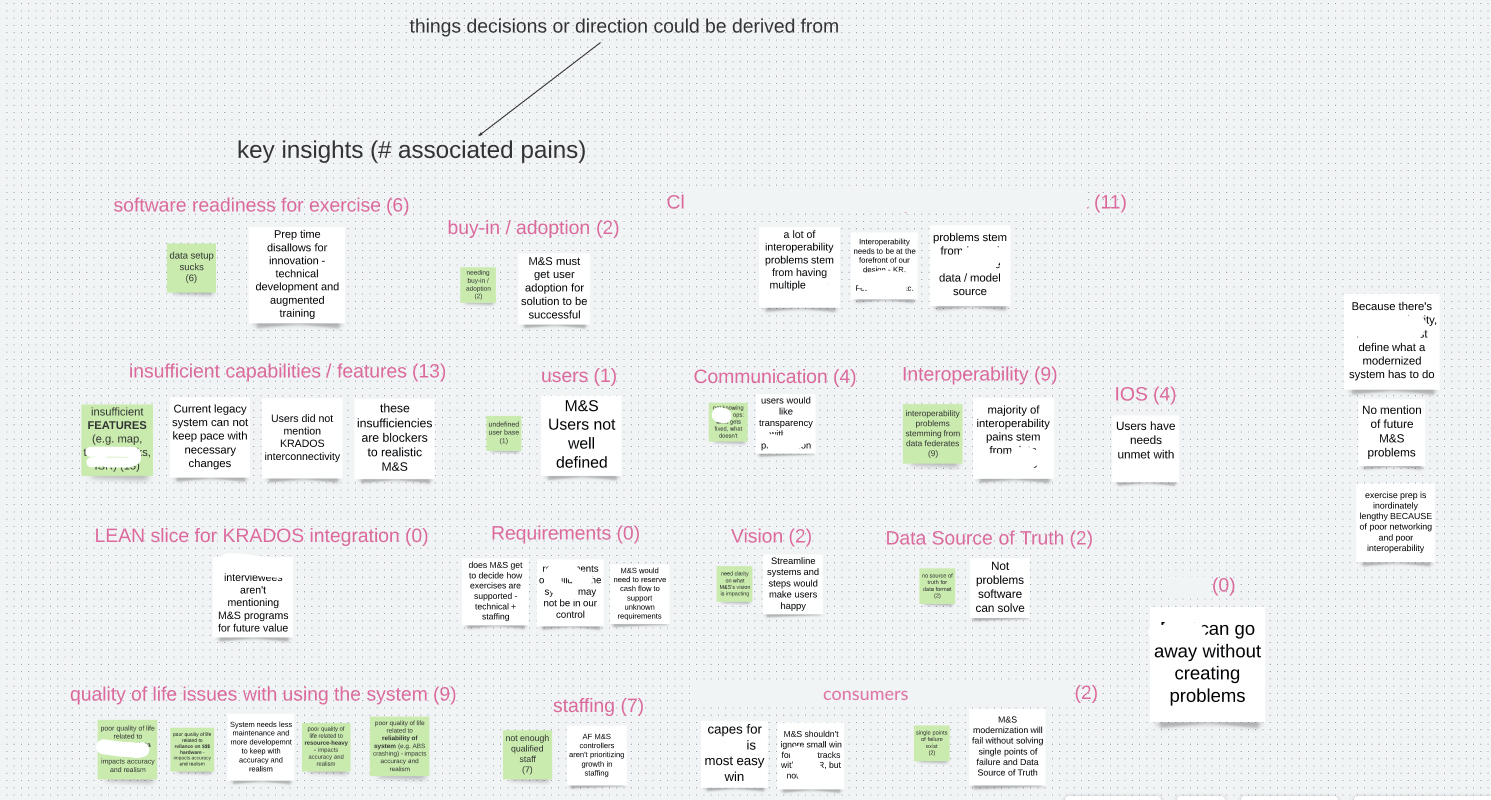
Insights answer "so, what does this mean?". With synthesis thinking, I derived weighted categories of insights.
Result: Identification of risks and strategic opportunities
4. Impact Pyramid (business value consideration)
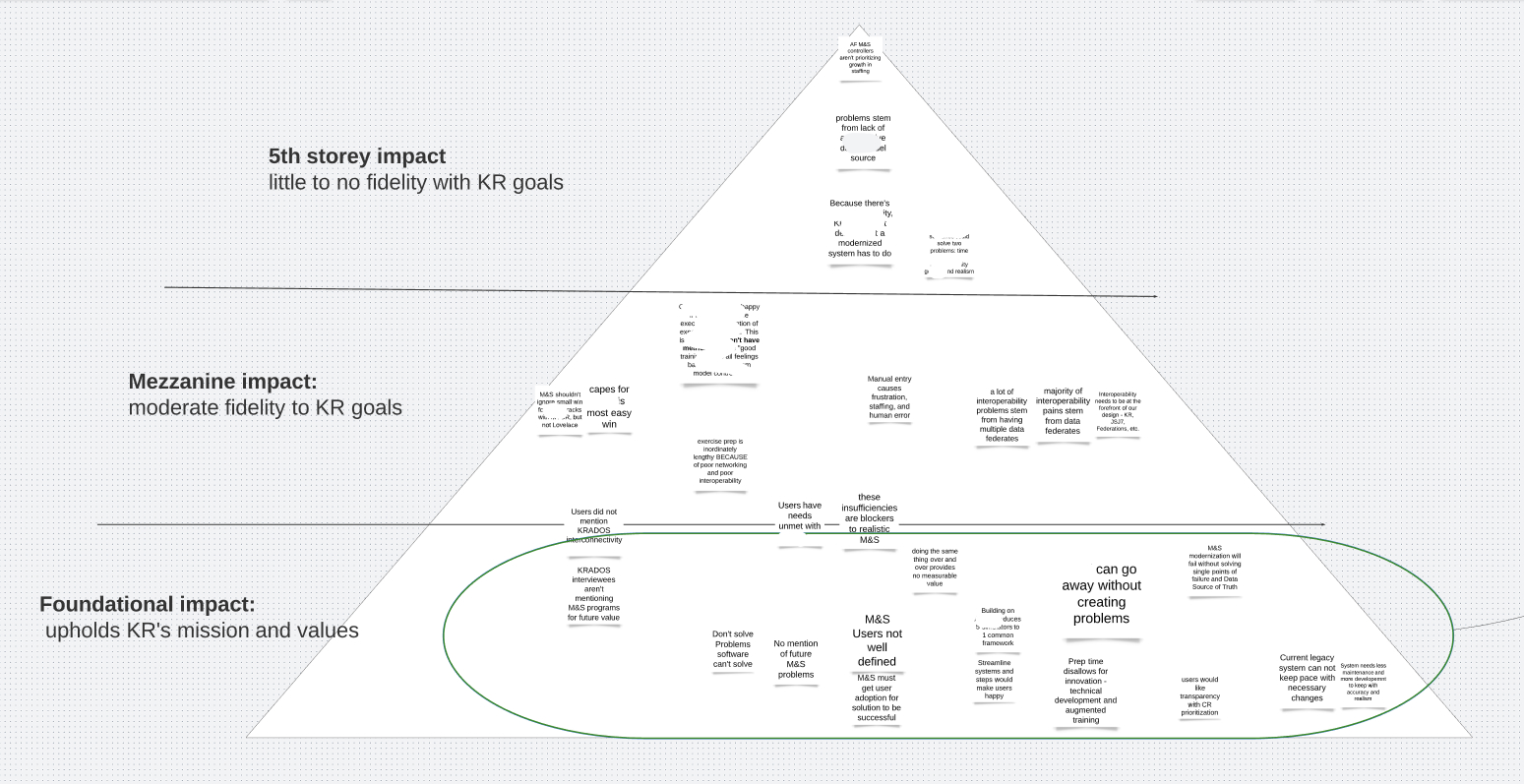
- Many of the risks are problems software can't solve.
- Many of the strategic opportunities wouldn't align with the org's business values
To intensify customer focus, I utilized an impact pyramid, which highlighted that some of the enticing opportunities are ultimately out of scope.
Result: Evidence-backed list of feasible prospects
5. 2x2 (Impact v Feasibility) to Find the Low-Hanging Fruit
- The users have many problems we could solve
- The program has deadlines
- The program has a budget
Find the lean approach.
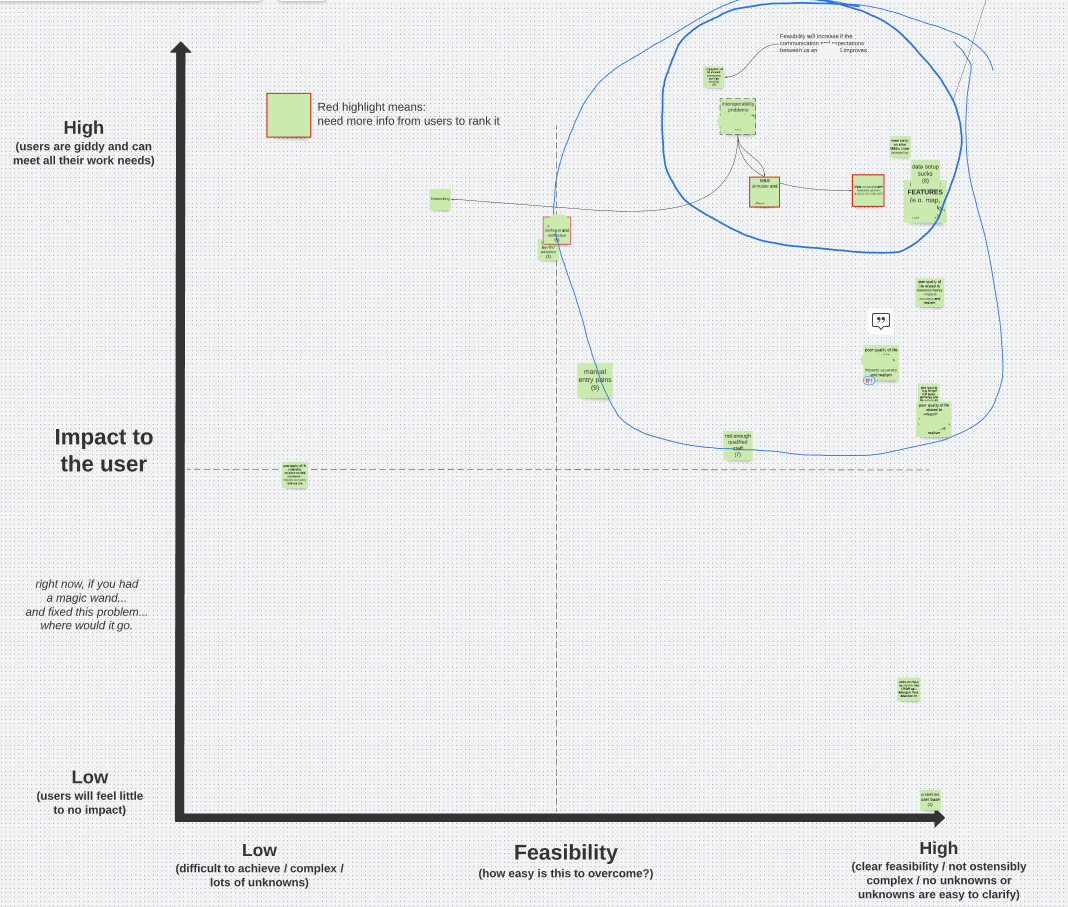
To ensure costs are spent wisely and uphold user trust by not over-promising, I conducted a 2x2 with engineers to prioritize by identify what things we could deliver fast that would have the biggest impact to users.
Result: 3-4 achievable, high-impact priorities.
6. Deriving UCD Solutions
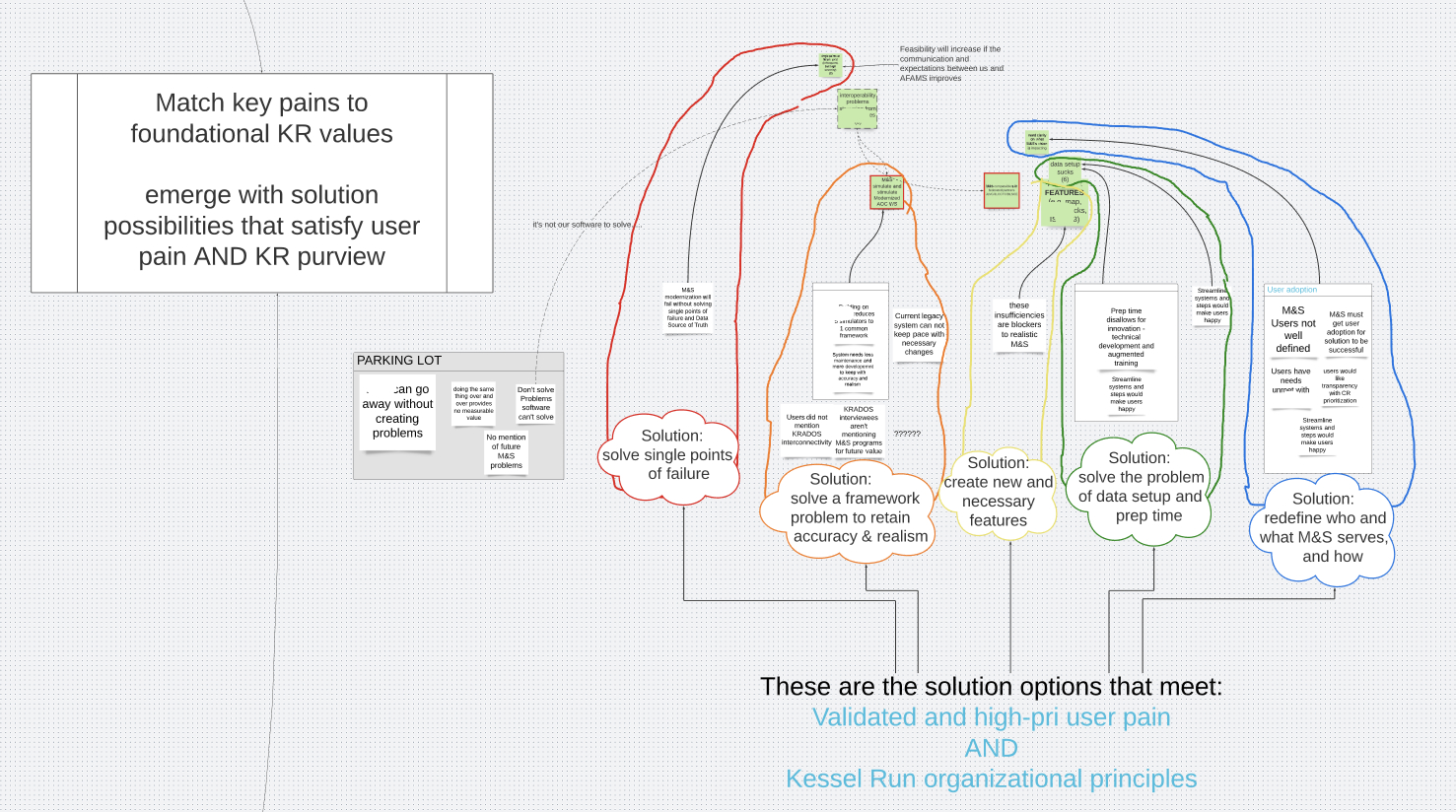
- Solve multiple pains with one solution
- Architect solutions to be valuable independently
If all solutions have to be released in order to be valuable to a user... that's waterfall. And high risk.
To prevent the loss of millions as in a previous modernization contract, I ensured these solutions were derived from user pains and align with a strategic enterprise product.
Result: The 5 leanest, most necessary chunks of user functionality
7. MVP = MVCR + UCD Solutions
But there's that darned technical spec (MVCR) that contract awardees will be working on!
I must ensure that the MVCR is delivered, but not at the cost of user value, time, or funding loss.
I must find how these 5 essential functions can fit in with the tech specs.
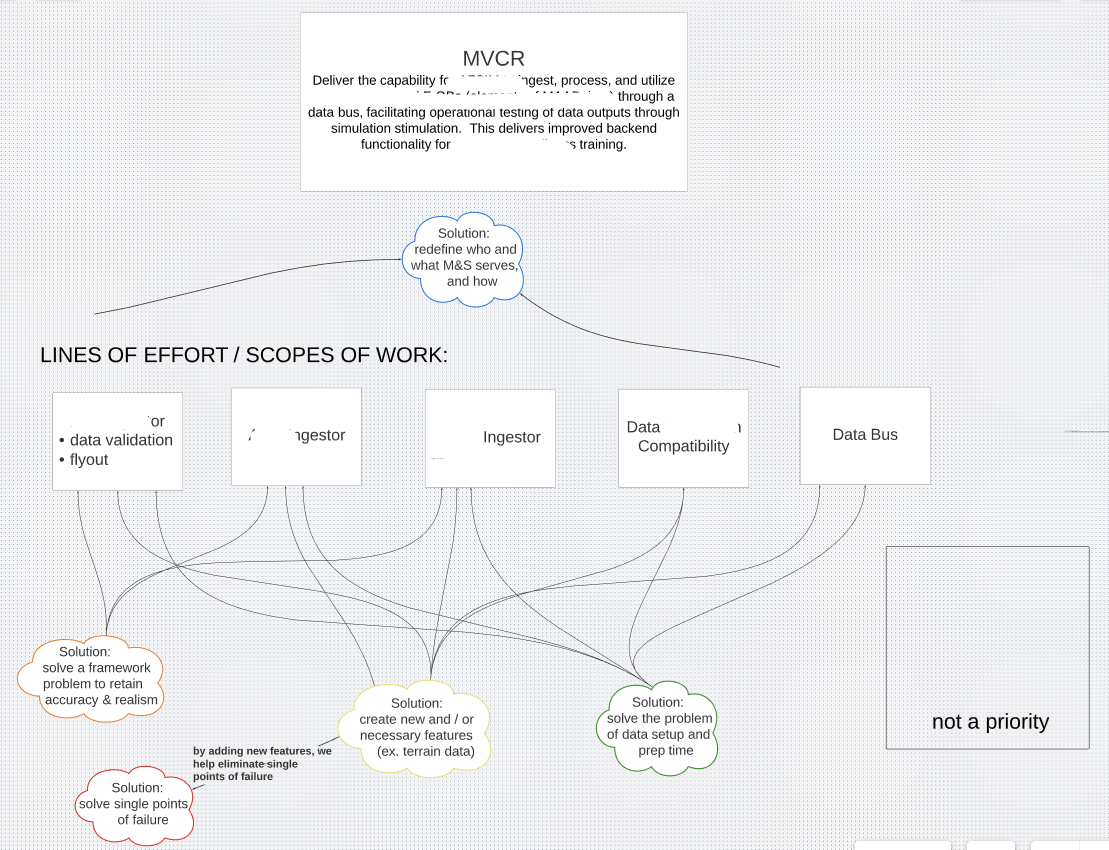
The 5 essential functions were flexible enough to fit the constraints of the technical specs. This wasn't ideal, but it worked.
Result: MVP starts to take shape.
Key Learning: User research up-front can prevent misalignment between tech specs and user value.
Results and Impacts
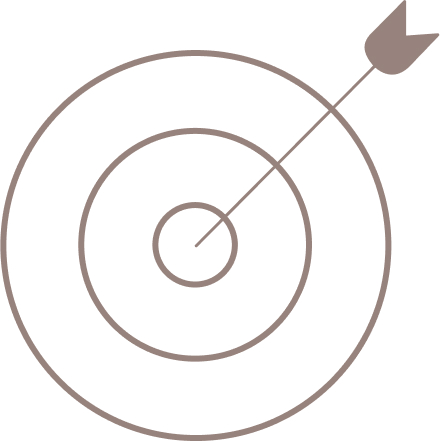
Deliverables.
I had driven out the MVP.
I test iteratively with users.
I built enough user trust to engage with continuous feedback.
The results of the D&F illuminated 5 personas that the team develops to.
I ensured the $40M program will yield user value from a team that now values UCD.
Current work.
Microservice for a data reconciler
• 4 users met through D&F
• Aligns to solution for 'data setup & prep time'
• Aligns to solution for 'single point of failure'
UX and UI improvements
• 20 users, 8 met through D&F
• Aligns to solution for 'create new and necessary features"
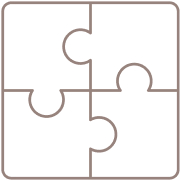
2022. Katharine Britten Howard